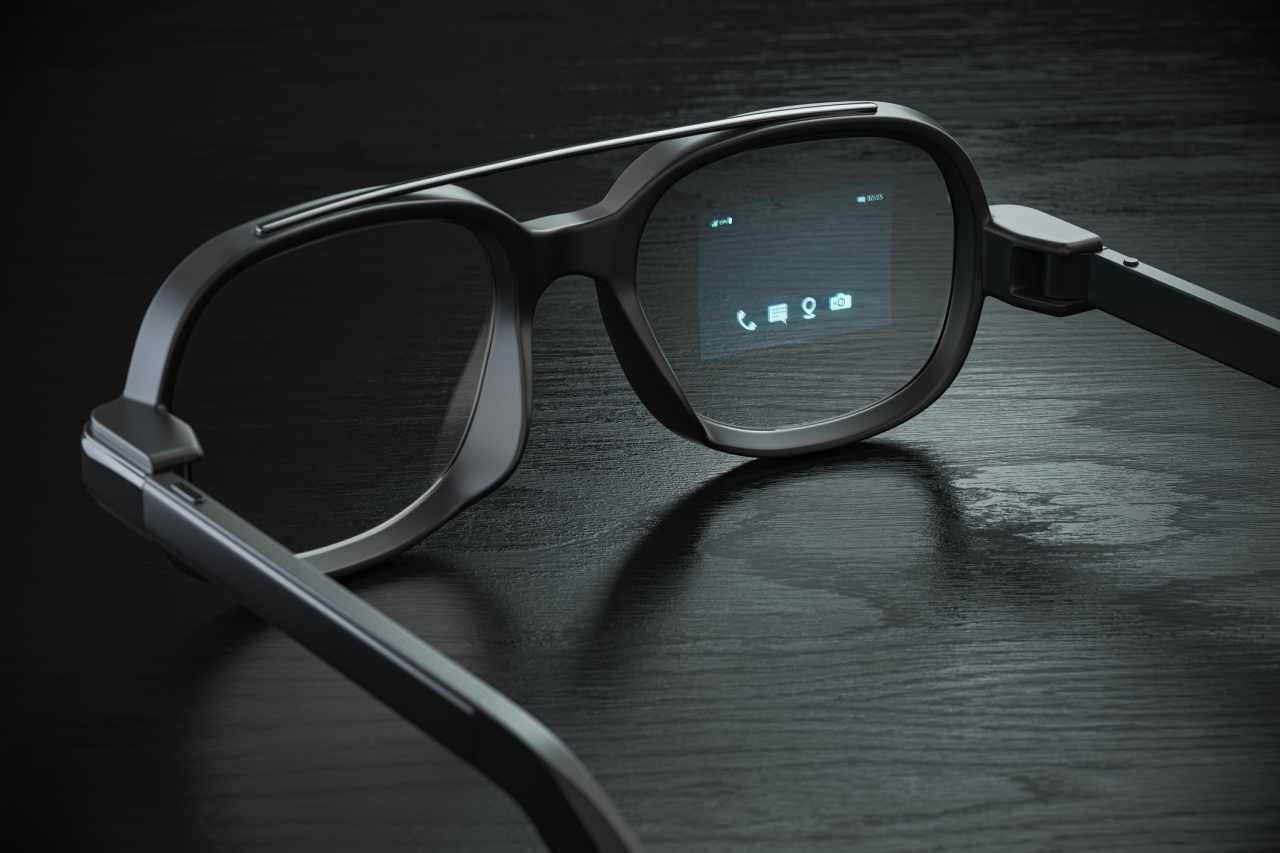Meta Platforms unveiled its latest AI-powered smart glasses at the Connect 2025 conference, drawing investor applause for their innovative features and potential to bridge the gap to everyday use. However, despite the buzz, experts point to key barriers holding back mass adoption in a market projected to hit $50 billion by 2030. With Meta AI glasses 2025, HyperNova smart glasses barriers, Meta Connect 2025 demo, AI wearable mainstream hurdles, and Meta AR glasses price topping searches, this launch spotlights both promise and pitfalls in wearable tech.
The Big Reveal: HyperNova Glasses Steal the Show at Meta Connect
Mark Zuckerberg took the stage at Meta Connect 2025 on September 17 to showcase the Ray-Ban Meta HyperNova smart glasses, priced at $799. Featuring a built-in display for real-time AI assistance—like recipe guidance or navigation—these glasses aim to make augmented reality (AR) feel natural and accessible. Partnerships with EssilorLuxottica add stylish frames and prescription lens options, targeting fashion-forward users beyond tech geeks.
Investors reacted positively, with Meta’s stock rising 3% post-event, buoyed by the glasses’ role in diversifying beyond social media. Bank of America analysts noted it positions Meta as an AR leader, bridging early adopters and mainstream consumers. Zuckerberg’s bold claim? People without these glasses could face a “significant cognitive disadvantage” in the coming years.
Yet, live demos faltered twice—glitches in cooking assistance and video calls left the audience cringing, a stark reminder of tech’s growing pains.
Barrier 1: Sky-High Price Tag Deters the Masses
At $799, HyperNova sits in a premium sweet spot for early adopters but feels steep for everyday users. Compared to Apple’s $3,499 Vision Pro or Microsoft’s $3,500 HoloLens, it’s a bargain—but still out of reach for most, especially amid 4.1% U.S. unemployment and inflation hovering at 2.9%. Bank of America flagged the cost as a “concern for mass adoption,” estimating only 10-15% of consumers would bite at launch.
Affordability hurdles echo past flops like Google Glass, which launched at $1,500 in 2013 and faded due to price and privacy backlash. Meta’s $20 billion 2025 R&D spend on AR/VR underscores long-term bets, but analysts warn subsidies or bundles may be needed to scale.
Barrier 2: Privacy Nightmares and Ethical Red Flags
AI glasses that scan environments for instant info raise red flags on data privacy. HyperNova’s camera and microphone could capture surroundings without consent, fueling fears of surveillance in public spaces. Forbes highlighted risks like biased AI outputs or unauthorized facial recognition, echoing EU AI Act scrutiny that could hit U.S. sales.
A 2025 Pew survey showed 60% of Americans wary of wearable AI due to hacking or misuse, up from 45% in 2023. Meta’s past scandals—Cambridge Analytica—amplify distrust, with experts like Cortney Harding warning: “These glasses could redefine communication, but at what privacy cost?”
Barrier 3: Technical Glitches and Battery Life Woes
The live demo disasters at Connect 2025 exposed reliability issues: Features like video calls and AI cooking assistants crashed mid-presentation, drawing comparisons to early VR headset bugs. Battery life, clocking in at 4-6 hours of heavy use, falls short for all-day wear, per early tester feedback.
Zuckerberg admitted AR tech is “still maturing,” but analysts like Justin Post from Bank of America stress seamless performance is key: “Investors want progress, not prototypes.” Without fixes, adoption could stall like Google Glass’s 2014 recall over audio glitches.
Investor Optimism: A Long Game Worth Playing
Despite hurdles, Wall Street remains bullish. Meta’s stock hit $779 post-event, with a mean target of $874—15% upside—per Visible Alpha. Analysts see HyperNova as a “compelling opportunity” in a nascent AR market, with Meta’s EssilorLuxottica tie-up addressing style barriers.
Public reactions on X mix excitement and eye-rolls: “Meta’s AI glasses look cool, but $799 for glitchy tech? Pass.” Tech influencers like MKBHD praised the display innovation but flagged privacy as a “dealbreaker.”
Why This Matters to Americans: Innovation, Privacy, and Daily Life
Meta’s AI glasses could transform the $50 billion wearable market, creating jobs in AR development hubs like Silicon Valley. Economically, mainstream success might offset Reality Labs’ $4.5 billion Q2 2025 loss, stabilizing Meta’s $1.3 trillion valuation.
Lifestyle perks include hands-free navigation for commuters or AR overlays for fitness tracking, but privacy fears could chill adoption amid 2025’s data breach surge. Politically, it fuels debates on AI regs, with Biden-era bills eyeing wearables. Technologically, it accelerates AR apps for education or remote work. In sports, imagine AR stats during NFL games—enhancing fan experiences but raising data concerns.
Clearing the Path: Mainstream AR on the Horizon?
Meta’s HyperNova AI glasses impressed investors with their AR potential, but high costs, privacy pitfalls, and tech glitches stand as formidable barriers to mainstream appeal. With Meta AI glasses 2025, HyperNova smart glasses barriers, Meta Connect 2025 demo, AI wearable mainstream hurdles, and Meta AR glasses price in the spotlight, Meta’s $20 billion bet signals a long game. As demos improve and prices drop, these hurdles could fade—unleashing AR’s everyday magic for a tech-savvy America.
